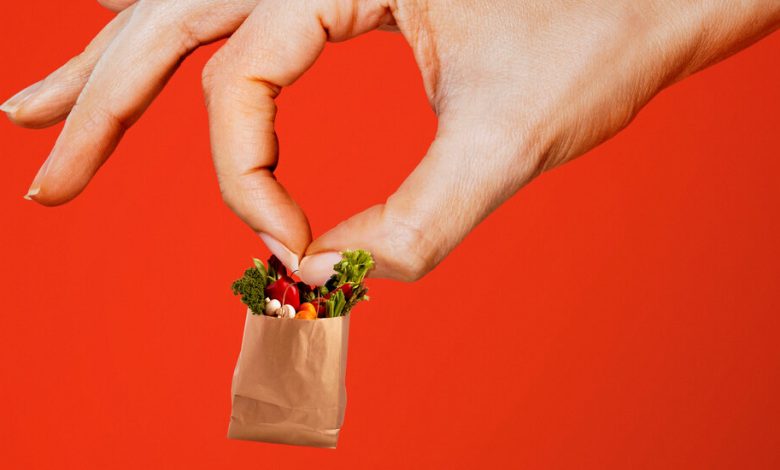Shrinkflation 101: The Economics of Smaller Groceries

Grocery store shoppers are noticing something amiss. Air-filled bags of chips. Shrunken soup cans. Diminished detergent packages.
Companies are downsizing products without downsizing prices, and consumer posts from Reddit to TikTok to the New York Times comments section drip with indignation at the trend, widely known as “shrinkflation.”
The practice isn’t new. Sellers have been quietly shrinking products to avoid raising prices for centuries, and experts think it has been an obvious corporate strategy since at least 1988, when Chock Full o’Nuts cut its one-pound coffee canister to 13 ounces and its competitors followed suit.
But outrage today is acute. President Biden tapped into the angst in a recent video. (“What makes me the most angry is that ice cream cartons have actually shrunk in size, but not in price,” he lamented.) Companies themselves are blasting the practice in marketing gimmicks. One Canadian chain unveiled a growflation pizza. (“In pizza terms,” the company’s news release quipped, “a larger slice of the pie.”)
But how does shrinkflation work, economically? Is it happening more often in the United States, and if so, does that mean official data are failing to capture the true extent of inflation? Below is an explainer of the trend — and what it means for your wallet.
Shrinkflation was rampant in 2016.
It might be hard to believe, but shrinkflation appears to be happening less often today than it was a few years ago.




